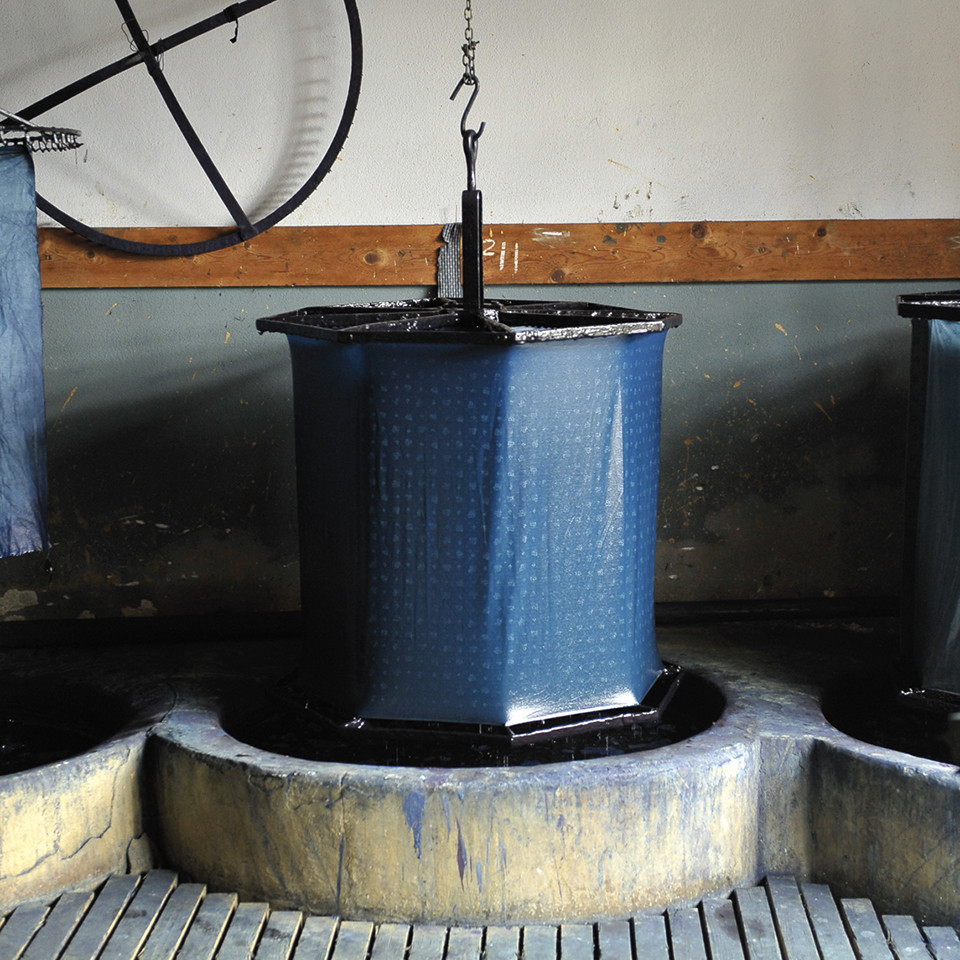
The Power of the Sun


By Nils Reinke-Dieker
In every issue we feature an experiment aimed at making our lives more sustainable. This time, graphic designer Nils tries to charge his workstation with the help of a solar panel – and tells us where it got him.
Energy is becoming increasingly expensive and generating it from anything other than renewable sources is bad for the environment. I decided it was high time for me to see what I could do to help with the shift away from fossil fuels. It makes sense to tap an energy source which is readily available (over summer, at least) and which doesn’t produce either particulate matter or greenhouse gases: the sun. While I was planning a trip to a rural area at the foot of the Alps, I looked into how I could make the best use of it. The plan was to use a solar panel to charge the electrical equipment I needed for my work.
My research soon showed that there were lots of things to consider: What is technically feasible? And what is practically viable for me? The key factors for solar energy are the number of sun hours and the angle at which the sun’s rays hit the Earth. In other words, it’s all about the time of year and latitude. (The amount of solar energy per square metre per annum is approximately 1,000 kW in Central Europe and about 2,350 kWh in the Sahara.) Using photovoltaic technology, solar panels convert sunlight into electrical energy. The larger the area of the solar panel, the more solar energy it can convert. I found out that laptops need a steady supply of power when they are switched on, so they shouldn’t be run directly off a solar panel. They would need a high-performance power bank to store the solar energy and supply it to the laptop at a constant voltage. This meant I would have to keep using conventional power from the grid for my computer. However, I could use solar energy to charge my smartphone directly. (It’s also possible for other small devices, like cameras.)
With direct sunlight I could charge my smartphone almost as quickly as by plugging it into a socket. I was impressed!

Recharging at the foot of the alps
There are various options. For me, practicality was the key consideration when choosing a device. Anker’s 21-watt solar array weighs just 400 grams and can be folded up to just under A4 size. Its three solar panels are efficient enough to charge two devices simultaneously. With direct sunlight – which we were lucky enough to have in the mountains – I could charge my smartphone almost as quickly as by plugging it into a socket. I was impressed! This proved really useful during my trip, when I went on several walks. Even the most remote routes are now digitally mapped and I could rely on my smartphone while I was hiking – without being reliant on a conventional socket.
I found that the impressive view in the mountains and the time spent immersed in nature almost automatically meant I used my devices less, so I didn’t need much electricity at all. Perhaps that wasn’t just because of the fantastic vista. Even though my new solar array only provided a small proportion of the electricity I needed in the end, it made me more conscious of where the power that I get from my socket comes from – and how I can use less of it. I gave more thought to the question of how I could help to make greater use of renewable energies and how reducing electricity consumption could help. In any case, this little experiment prompted me to switch off my electrical devices regularly and leave them at home sometimes – come rain or shine.
Past Stories
Copy












